Ceramic thermal spray coatings represent a cutting-edge surface modification technique that enhances material performance under extreme conditions. These coatings leverage high-temperature processes to deposit ceramic materials onto substrates, creating protective layers with exceptional thermal, wear, and corrosion resistance. This technical exploration examines coating methodologies, material characteristics, and industrial applications transforming modern manufacturing.
Content
Deposition Processes and Techniques
Thermal Spray Variants
-
Plasma Spray (APS)
-
Temperature: 10,000-15,000°C
-
Velocity: 300-600 m/s
-
Porosity: 3-15%
-
-
High-Velocity Oxygen Fuel (HVOF)
-
Temperature: 2,500-3,000°C
-
Velocity: 800-1,200 m/s
-
Porosity: <2%
-
-
Detonation Gun (D-Gun)
-
Temperature: 3,500-4,000°C
-
Velocity: 750-1,000 m/s
-
Bond Strength: >70 MPa
-
Process Comparison Table
| Parameter | Plasma Spray | HVOF | Cold Spray |
|---|---|---|---|
| Thickness Range | 50-500μm | 50-300μm | 20-1,000μm |
| Deposition Rate | 2-10 kg/h | 1-5 kg/h | 5-20 kg/h |
| Residual Stress | Tensile | Compressive | Compressive |
| Capital Cost | $$ | $$$ | $$$$ |
Ceramic Material Systems
Oxide Ceramics
-
Alumina (Al₂O₃)
-
Hardness: 1,500-1,800 HV
-
Max Service Temp: 1,600°C
-
Dielectric Strength: 15 kV/mm
-
-
Zirconia (ZrO₂-Y₂O₃)
-
Fracture Toughness: 5-8 MPa·m½
-
Thermal Conductivity: 2 W/m·K
-
CTE: 10.5×10⁻⁶/°C
-
Non-Oxide Ceramics
-
Chromium Carbide (Cr₃C₂-NiCr)
-
Wear Resistance: 5-10× tool steel
-
Oxidation Limit: 900°C
-
Coating Density: >98%
-
-
Titanium Diboride (TiB₂)
-
Hardness: 2,800-3,200 HV
-
Electrical Resistivity: 15 μΩ·m
-
Neutron Absorption: 760 barns
-
Coating Characterization
Microstructural Properties
-
Phase Composition: XRD analysis
-
Porosity Measurement: Image analysis (ASTM E2109)
-
Bond Strength: ASTM C633 testing (30-70 MPa typical)
-
Surface Roughness: Ra 2-15μm as-sprayed
Performance Testing
| Test Method | Standard | Typical Values |
|---|---|---|
| Abrasion Wear | ASTM G65 | <10 mm³ loss |
| Erosion Test | ASTM G76 | <5 mg loss |
| Thermal Cycling | MIL-STD-1530D | 500+ cycles |
| Corrosion | ASTM B117 | 1,000+ hours |
Industrial Applications
Aerospace Components
-
Turbine blades: TBC systems (200μm YSZ)
-
Combustors: Thermal barrier coatings
-
Wear surfaces: WC-CoCr on actuators
Energy Sector
-
Boiler tubes: Al₂O₃-TiO₂ erosion protection
-
Pump seals: Cr₂O₃ coatings
-
Nuclear: TiB₂ neutron absorbers
Manufacturing Tools
-
Extrusion dies: Al₂O₃ coatings
-
Textile guides: ZrO₂ wear surfaces
-
Plastic molds: CrC release coatings
Surface Preparation Protocols
Substrate Treatment
-
Grit blasting: Al₂O₃ 60 mesh (Ra 4-6μm)
-
Chemical cleaning: Alkaline degrease
-
Preheat: 80-120°C for steel substrates
Interface Engineering
-
Bond coats: NiCrAlY (50-100μm)
-
Graded layers: 25-75% ceramic content
-
Laser glazing: Surface densification
Coating Optimization Strategies
Parameter Control
-
Plasma gas flow: 30-50 slpm Ar/H₂
-
Spray distance: 80-120mm
-
Powder feed rate: 20-40 g/min
Post-Treatment
-
Sealing: Silicate or phosphate impregnation
-
Polishing: Diamond paste finishing
-
Heat treatment: 600-800°C for stress relief
Emerging Technologies
Advanced Spray Techniques
-
Suspension Plasma Spray (SPS)
-
Finer microstructure (<1μm features)
-
Columnar TBC structures
-
50-100μm thickness capability
-
-
High-Velocity Suspension Flame Spray (HVSFS)
-
Nano-structured coatings
-
<1% porosity
-
Enhanced adhesion
-
Novel Materials
-
Perovskite ceramics: Thermal barrier alternatives
-
MAX phases: Damage-tolerant coatings
-
Bioactive ceramics: Medical implant coatings
Quality Assurance
Non-Destructive Testing
-
Thermal wave imaging: Coating thickness
-
Laser ultrasonics: Bond integrity
-
X-ray diffraction: Phase stability
Process Monitoring
-
In-flight particle sensors: Temperature/velocity
-
CCD cameras: Spray pattern analysis
-
AI-based control: Real-time parameter adjustment
Economic Considerations
Cost Factors
| Element | % of Total Cost |
|---|---|
| Materials | 25-40% |
| Labor | 20-35% |
| Equipment | 15-25% |
| Energy | 10-20% |
Lifecycle Benefits
-
Component life extension: 3-5× improvement
-
Maintenance reduction: 40-60% cost savings
-
Energy efficiency: 10-15% thermal gains
Conclusion: Future of Ceramic Coatings
Ceramic thermal spray coatings continue to redefine material performance boundaries across industries. As deposition technologies advance toward finer control and novel material systems emerge, these coatings will play increasingly critical roles in extreme environment applications. The integration of real-time monitoring and AI-driven process optimization promises to elevate coating quality while reducing production costs. Future developments in nano-structured ceramics and hybrid coating systems will further expand application possibilities, from hypersonic vehicle protection to renewable energy infrastructure. Proper selection of spray parameters and materials remains essential for maximizing the transformative potential of these advanced surface engineering solutions.

 ENG
ENG
 English
English عربى
عربى Español
Español 中文简体
中文简体
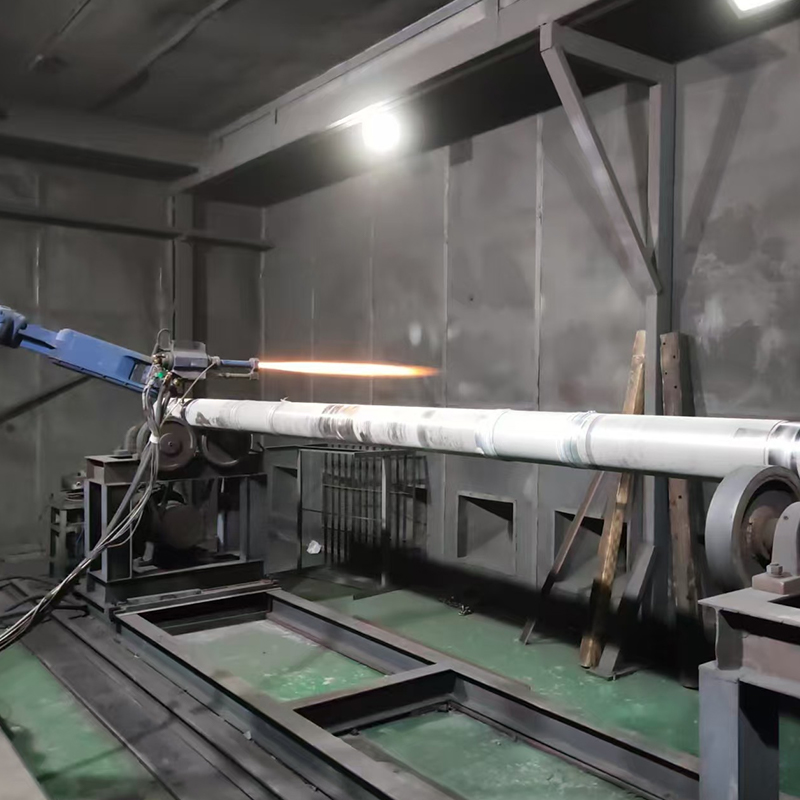
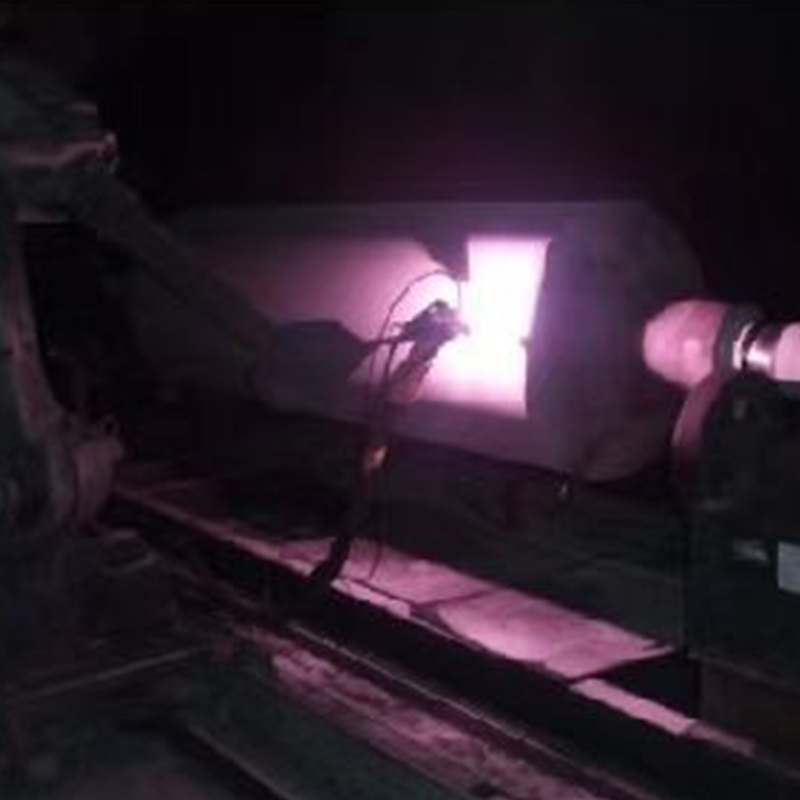
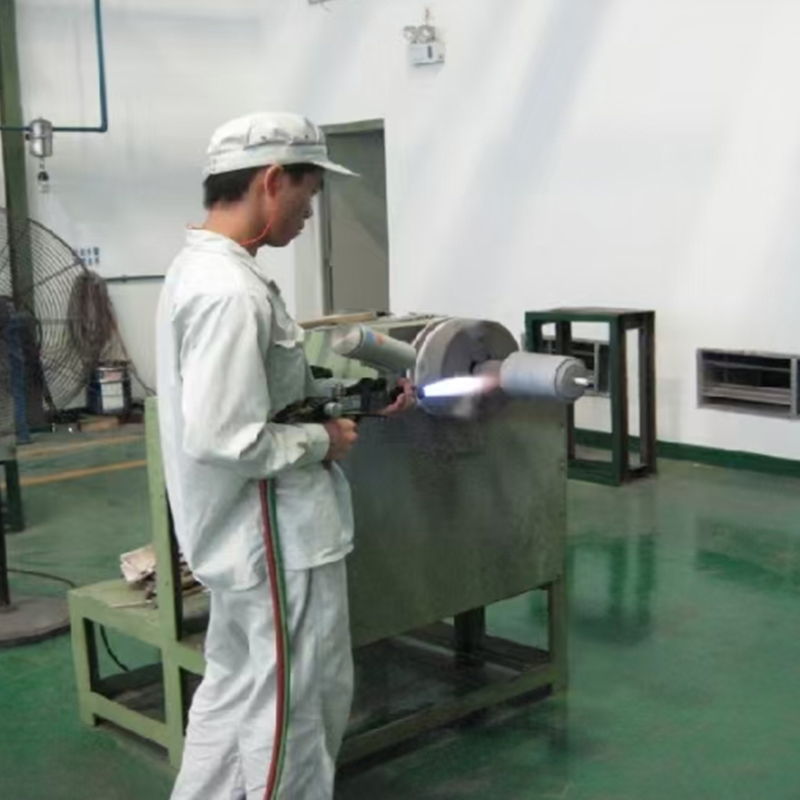

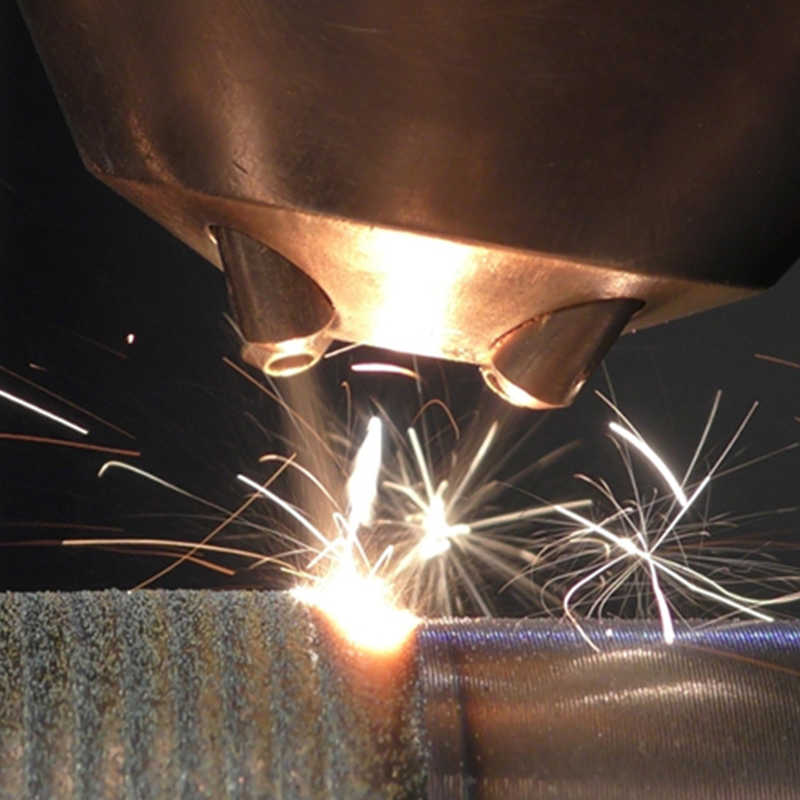
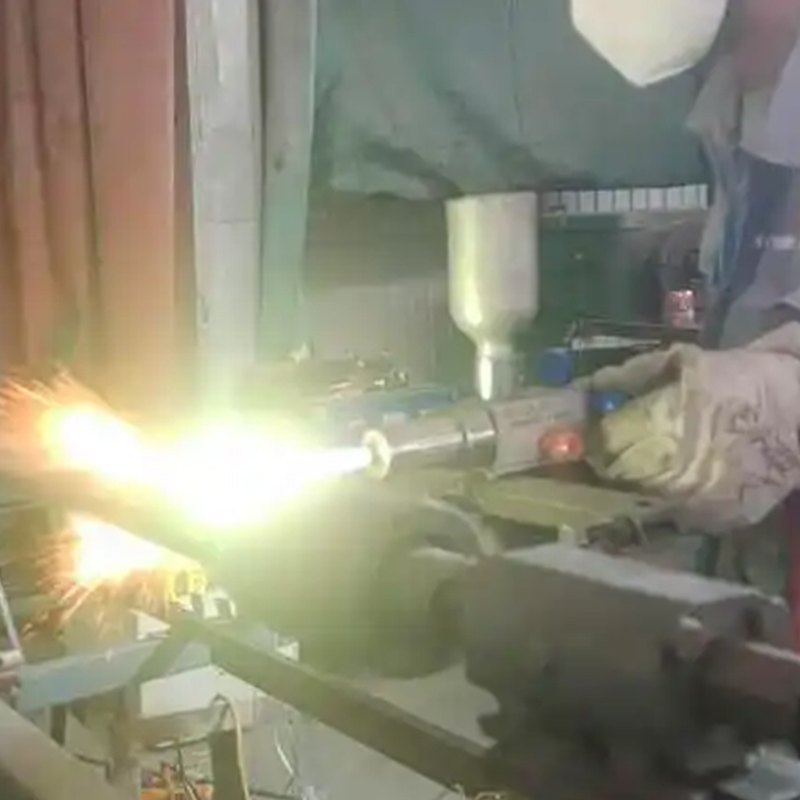
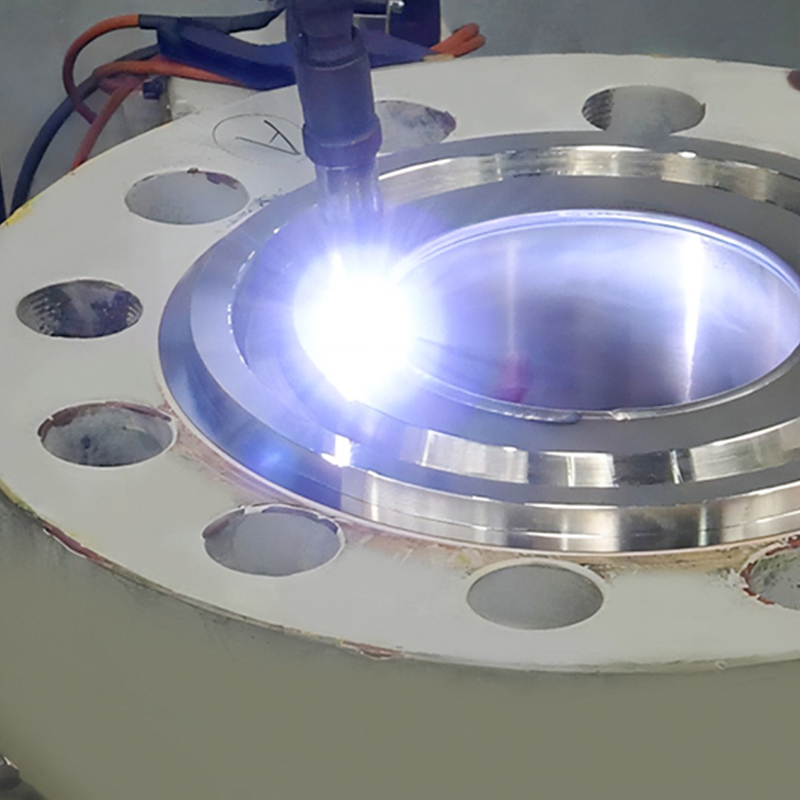
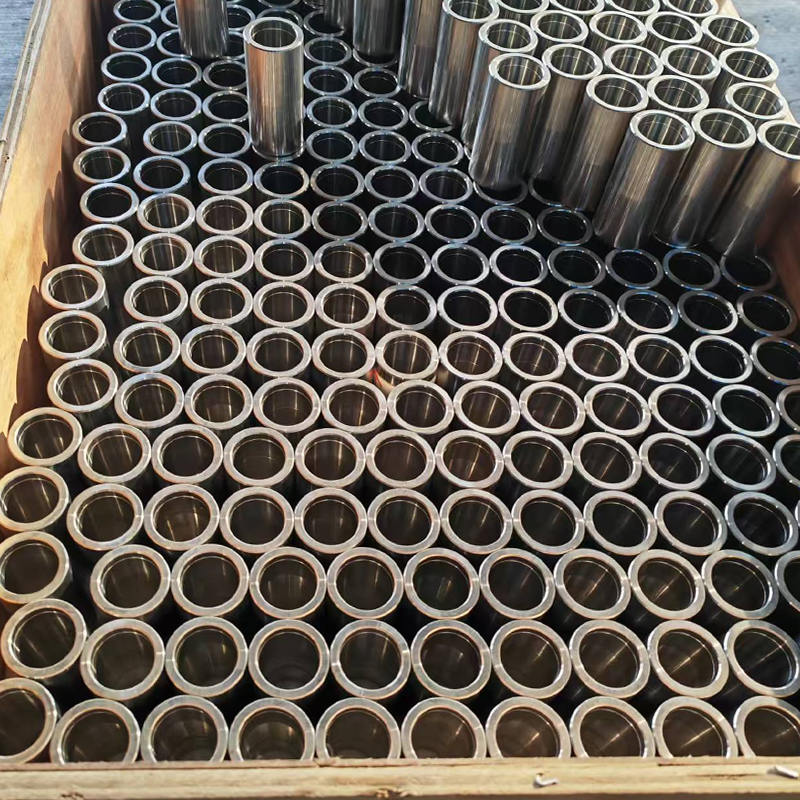
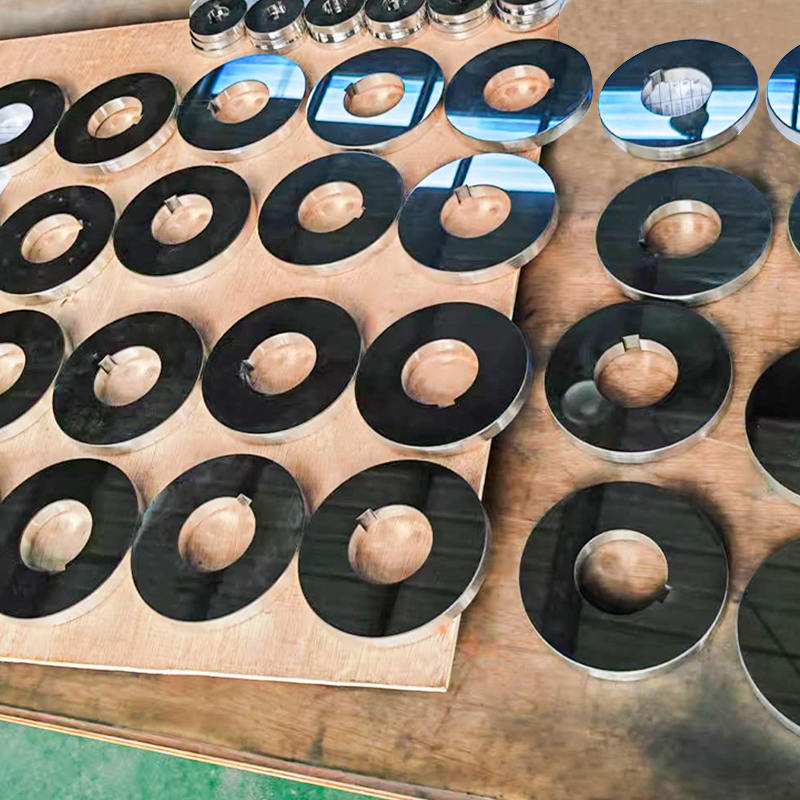
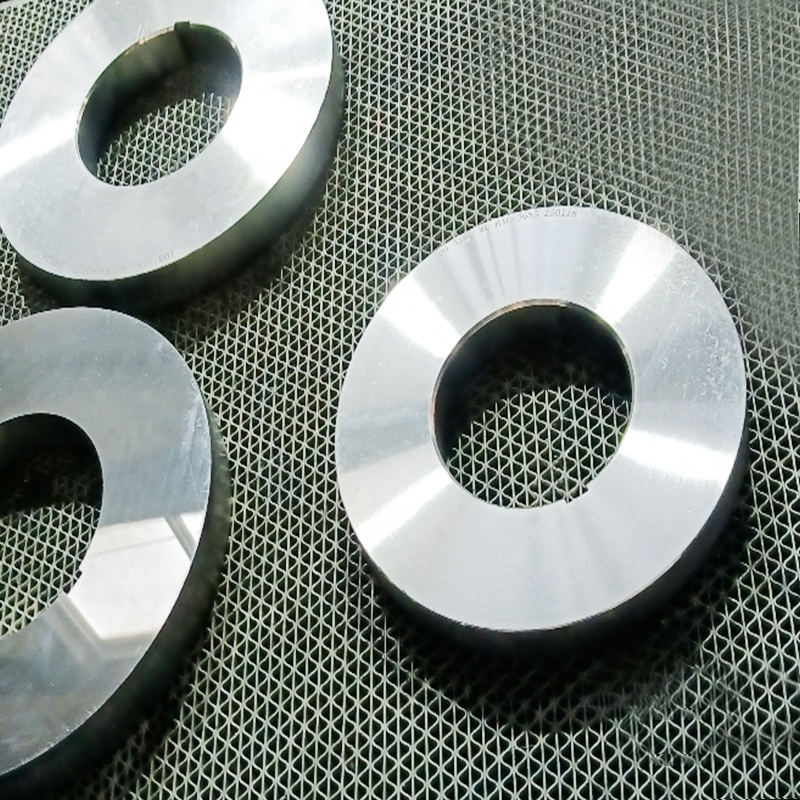
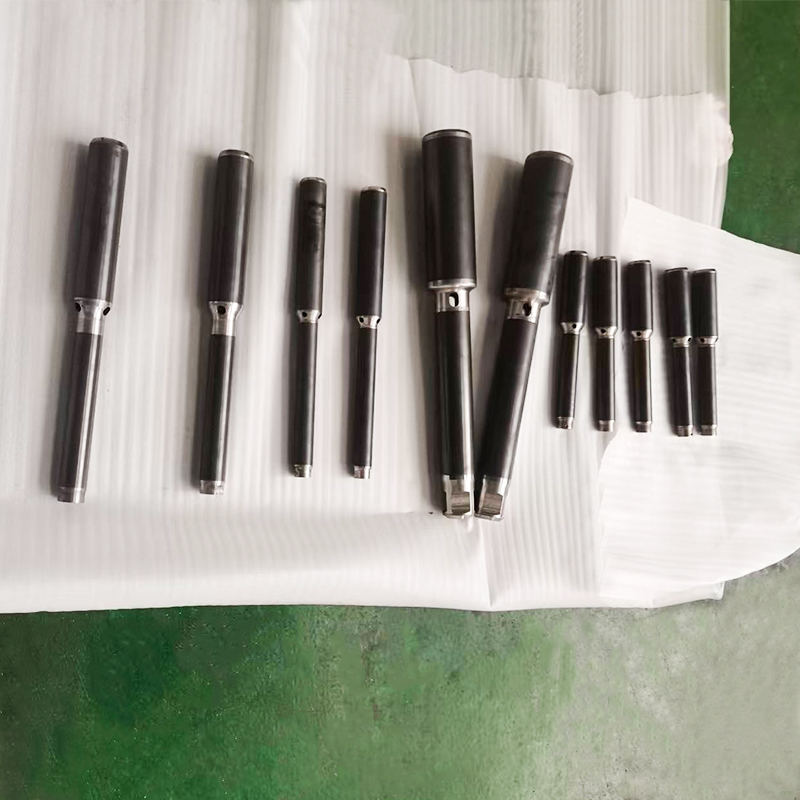
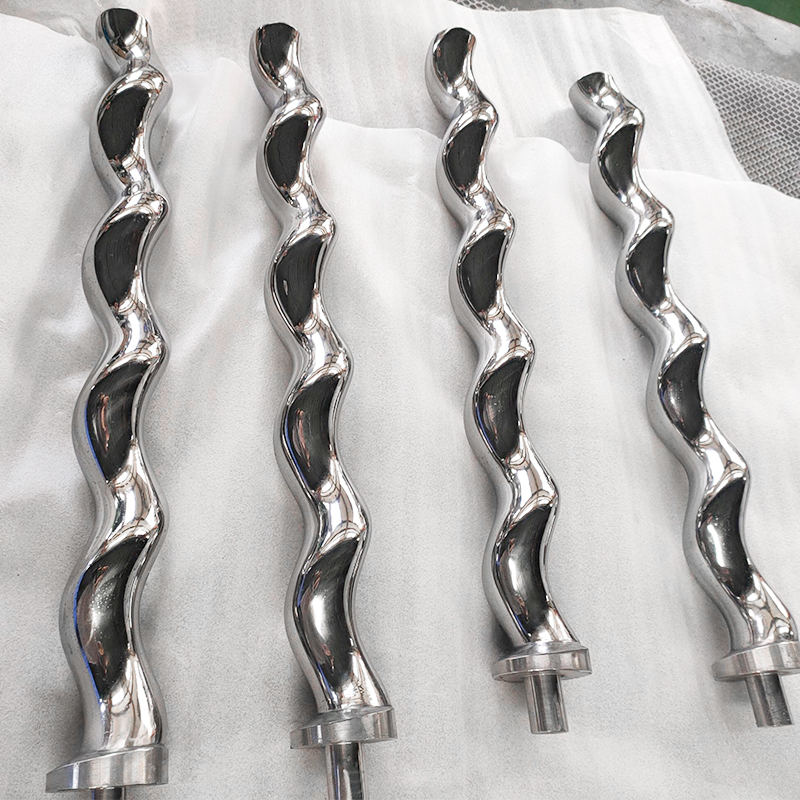

 TOP
TOP